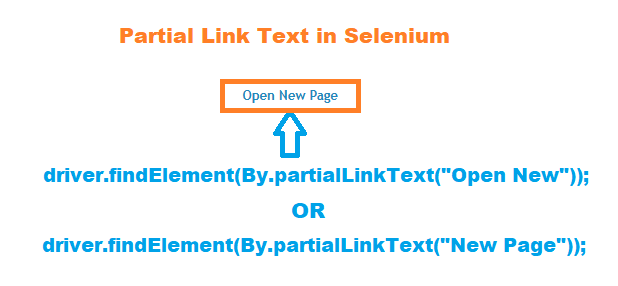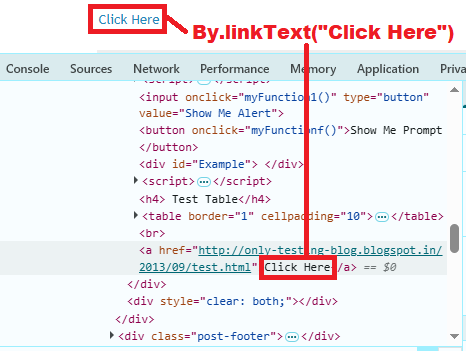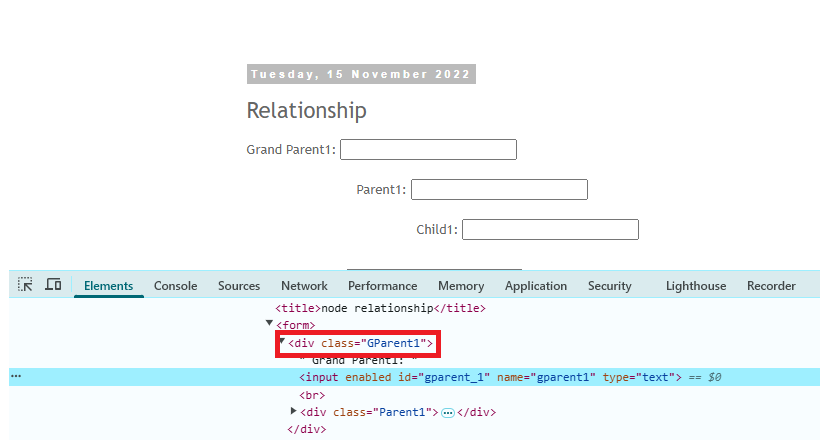Last updated on June 18th, 2025 at 12:33 pm
- Set is one of the collection framework interface which extends root Collections interface.
- Set collection can not contain duplicate elements.
- Set interface has all methods which are inherited from Collection interface with special restriction of not allowing duplicate elements.
- If two Set interface contains same elements then both are equal.
- Set interface is implemented by LinkedHashSet, HashSet classes and extended by SortedSet interface which is implemented by TreeSet.
Important Methods of Set Interface
- boolean add(E e) : It will insert specified element in set if it is not available in set.
- boolean addAll(Collection<? extends E> c) : It will add all elements of specified collection in set if not already present in set.
- void clear() : It will remove all elements from set.
- boolean contains(Object o) : It will return true if given element is available in set.
- boolean containsAll(Collection<?> c) : It will return true if all the elements of given collection are available in set.
- boolean equals(Object o) :It will compare specified object with set to check equality.
- boolean isEmpty() : It will return true if set is empty.
- int hashCode() :It will returns hash code value for this set.
- Iterator<E> iterator() : It will return an iterator over the elements in set.
- boolean remove(Object o) : It will remove specified element from the set if it is present.
- boolean removeAll(Collection<?> c) : It will remove all those elements from set which are specified in collection.
- int size() : It will return size of Set.
Below given Set interface example will show you demo of Set interface’s few important methods.
Java Set Interface Example
package JAVAExamples;
import java.util.HashSet;
import java.util.Iterator;
import java.util.Set;
public class SetInterfaceExample {
public static void main(String args[]) {
Set s1 = new HashSet();
// Check initial size of set.
System.out.println("Initial size of set : " + s1.size());
// Add items in set. Try to add duplicate item in set as set can not accept duplicate items.
s1.add("Item1");
s1.add("Item2");
s1.add("Item1");
s1.add("Item3");
s1.add("Item4");
// Print set. It will show only 4 items as set can not hold duplicate items.
System.out.println("Set items are : " + s1);
// Check if set is empty. It will return false.
System.out.println("Set is empty? : " + s1.isEmpty());
// access set items through Iterator.
Iterator iterator = s1.iterator();
System.out.println("Set items are : ");
while (iterator.hasNext()) {
String element = (String) iterator.next();
System.out.println(element);
}
// Remove item from set.
s1.remove("Item3");
// Set items after removing Item3 from set.
System.out.println("Now Set items are : " + s1);
// Get set size.
System.out.println("Set size is : " + s1.size());
}
}Output :
Initial size of set : 0
Set items are : [Item1, Item2, Item3, Item4]
Set is empty? : false
Set items are :
Item1
Item2
Item3
Item4
Now Set items are : [Item1, Item2, Item4]
Set size is : 3This way, You can use java set to store non duplicate items.



